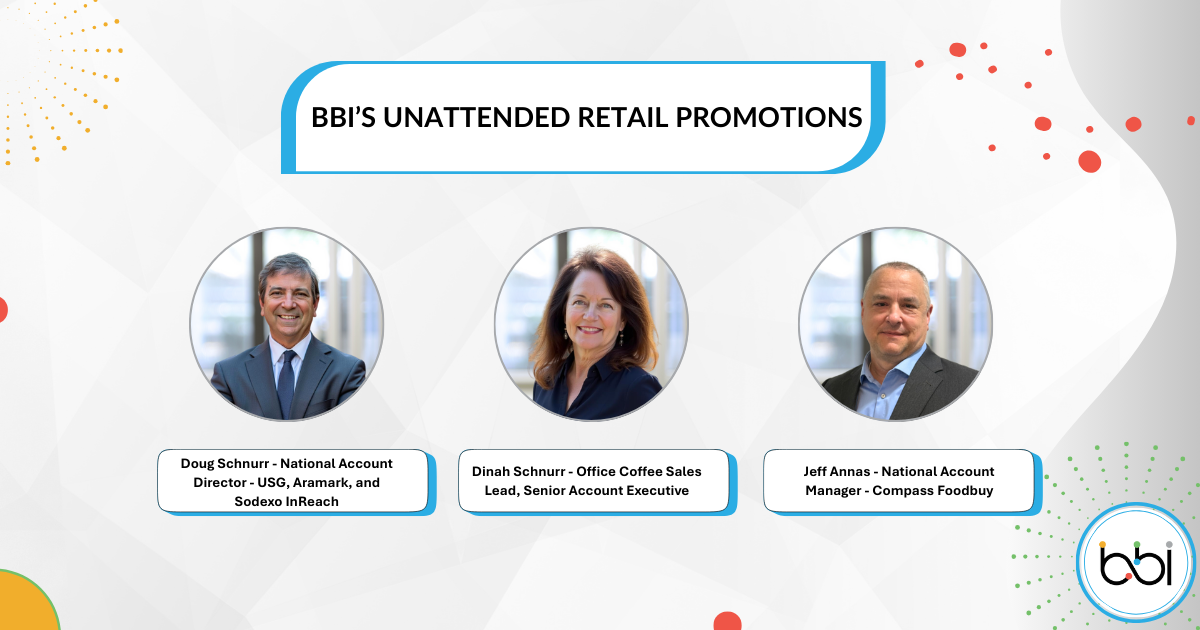2022 BBI Analysis of the NRF Holiday Sales

The NRF (National Retail Federation) forecasted that holiday retail sales would grow between 6% and 8% over 2021 to between $942.6 billion and $960.4 billion despite recent inflationary challenges.

Online and other non-store sales, which are included in the total, are expected to increase between 10% and 12% to between $262.8 billion and $267.6 billion. This figure is up from $238.9 billion last year, which saw extraordinary growth in digital channels as consumers turned to online shopping to meet their holiday needs during the pandemic. While e-commerce remains important, households are expected to return to in-store shopping and a more traditional holiday shopping experience.
NRF’s holiday forecast is based on economic modeling that considers a variety of indicators, including employment, wages, consumer confidence, disposable income, consumer credit, previous retail sales, and weather. NRF’s calculation excludes automobile dealers, gasoline stations, and restaurants to focus on core retail. NRF defines the holiday season as November 1 through December 31.
NRF expects retailers will hire between 450,000 and 600,000 seasonal workers. That compares with 669,800* seasonal hires in 2021. Some of this hiring may have been pulled into October as many retailers are eager to supplement their workforces to meet increased consumer demand.
Supply chain issues have been front and center for retailers throughout the COVID-19 pandemic. From the onset of factory closures overseas to the import surge and congestion we are experiencing today, supply chain disruption is an ongoing issue that retailers have had to plan around to meet consumer demand. Retailers have implemented different mitigation strategies in anticipation of the holiday shopping season, including moving up their peak shipping season to bring in products earlier than usual. They have invested in enhanced technology that allows customers to see what products are currently in stock, if items are available at alternate locations, and how long items are expected to take for delivery. As with other consumer spending holidays, NRF encourages consumers to shop early to find the products they want and need on time.
About NRF
The National Retail Federation, the world’s largest retail trade association, passionately advocates for the people, brands, policies, and ideas that help retail thrive. From its headquarters in Washington, D.C., NRF empowers the industry that powers the economy. Retail is the nation’s largest private-sector employer, contributing $3.9 trillion to annual GDP and supporting one in four U.S. jobs – 52 million working Americans. For over a century, NRF has been a voice for every retailer and every retail job, educating, inspiring, and communicating the robust impact retail has on local communities and global economies.


.png)





